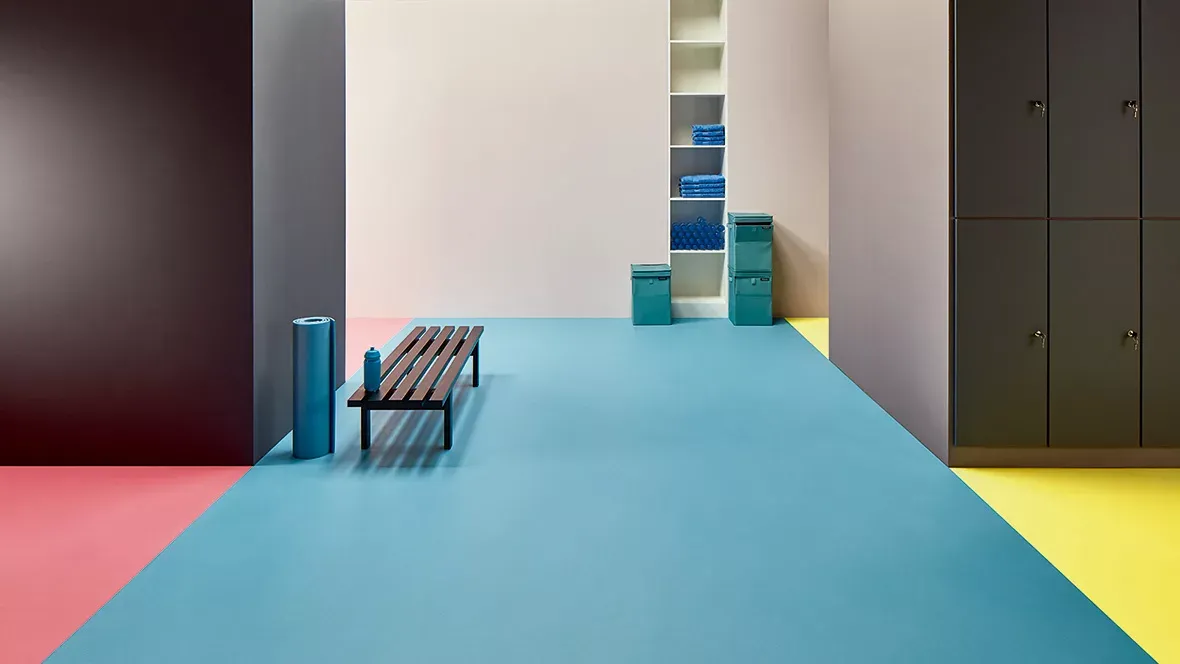Creative Uses of Masking Tape for Protecting Furniture and Enhancing Home Projects
The Versatility of Masking Tape for Furniture
When it comes to home improvement, DIY projects, or simple organization, masking tape emerges as one of the most handy and versatile tools in a homeowner's toolkit. While it is primarily recognized for its use in painting and crafting, its applications extend to furniture, making it an invaluable asset for anyone looking to enhance their living space. Let’s explore the benefits and creative uses of masking tape for furniture.
Protective Barrier
One of the most common uses of masking tape is as a protective barrier during painting or refinishing furniture. When restoring an old piece or giving new life to an item, the last thing anyone wants is to end up with paint splattered on areas that do not need it. By applying masking tape to the edges, handles, and any intricate designs, DIY enthusiasts can achieve clean lines and prevent overspray. This simple step can dramatically improve the final finish, providing a professional look without the hefty price tag of hiring a professional painter.
Color Coding and Organizing
Masking tape is not just for painting; it can serve a crucial role in organization. Many people use colored masking tape to label furniture or define spaces within a room. For instance, if you are rearranging furniture in a room and want to visualize the layout before moving heavy pieces, masking tape can help. By placing strips of tape on the floor to outline where furniture will go, you can better assess the flow and layout without making the physical effort of moving each item multiple times.
Moreover, colored masking tape can also be used to differentiate between various furniture pieces or compartments. For example, in a multi-user workspace, individuals can assign different colors of tape to their designated areas, making it easier to maintain organization and respect shared spaces.
Temporary Repairs
masking tape for furniture

Masking tape can also function as a quick solution for minor furniture repairs. If a chair leg becomes loose or a table corner gets damaged, applying masking tape can provide temporary stability or protection until a more permanent fix can be implemented. While it’s not a long-term solution, it can prevent further damage or accidents in a household that is bustling with activity.
Decorative Touches
In addition to its functional uses, masking tape can also add a stylish element to your furniture. Its availability in various colors and patterns allows for creativity in home decor. For example, you can use decorative masking tape to create unique designs on furniture, such as stripes on a dresser or geometric patterns on a side table. This not only personalizes the piece but also provides an inexpensive way to refresh dated furniture without the commitment of paint or permanent alterations.
Eco-Friendly Option
For those conscious of their environmental impact, masking tape is often a more eco-friendly choice compared to other adhesive options. Many brands offer biodegradable or recyclable masking tape, allowing users to enjoy the benefits of tape without contributing to landfills. Additionally, its adhesive is designed to be less aggressive than duct tape, making it easier to remove without damaging the surface underneath.
Conclusion
In summary, masking tape proves to be an indispensable tool for anyone looking to renovate, decorate, or organize furniture. Its protective qualities during painting, ease of use for labeling, temporary repair capabilities, decorative potential, and eco-friendly options make it a versatile choice for homeowners and DIY enthusiasts alike. With a simple roll of masking tape, you can unleash creativity and practicality, transforming your approach to furniture and your living spaces. So, the next time you embark on a home improvement project, don’t overlook the power of masking tape—it might just become your favorite tool!
-
Modern Interior Solutions with Durable PVC Material SkirtingAug.22,2025
-
Elevating Outdoor Spaces with Premium Wood Material SkirtingAug.22,2025
-
Waterproof Advantages of SPC Flooring Vinyl in KitchensAug.06,2025
-
SPC Hybrid Waterproof Flooring Thickness GuideAug.06,2025
-
Leveling Subfloor Before My Floor SPC InstallAug.06,2025
-
How Mesh Deck Skirting Improves Outdoor Pest ControlAug.06,2025




